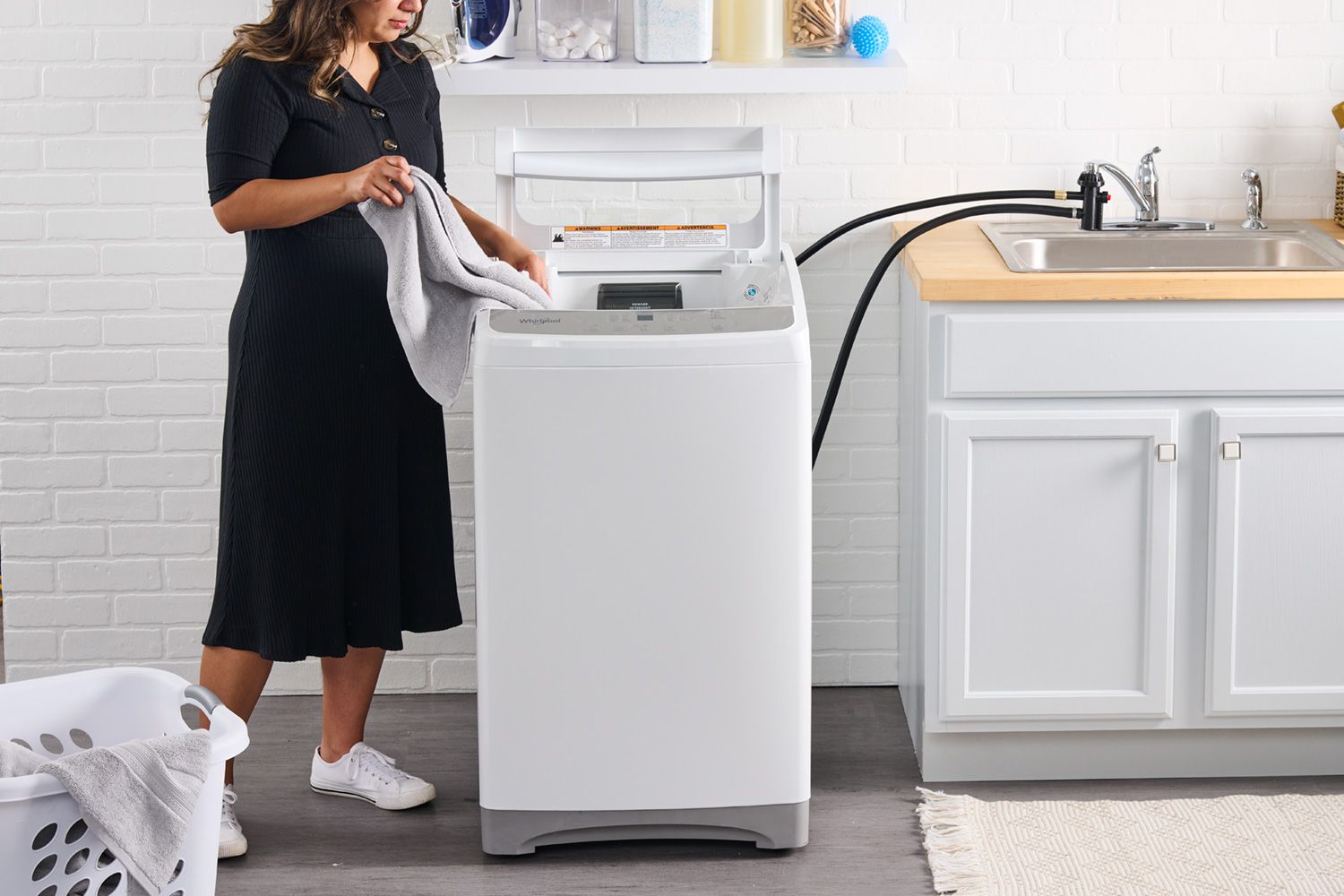

Articles
How Does A Portable Washer Work
Modified: August 17, 2024
Discover how portable washers work in this informative article. Learn how they provide convenience and efficiency for all your laundry needs.
(Many of the links in this article redirect to a specific reviewed product. Your purchase of these products through affiliate links helps to generate commission for Storables.com, at no extra cost. Learn more)
Introduction
Portable washers have become increasingly popular in recent years due to their convenience and efficiency. These compact machines offer a viable laundry solution for those living in small spaces or for individuals who frequently travel. But how exactly do portable washers work?
Portable washers operate on the same basic principle as traditional washing machines, but with a few key differences. They are designed to be compact and lightweight, making them easy to move and store. Despite their smaller size, portable washers are capable of washing a significant amount of laundry, making them a practical choice for many households.
In this article, we will take a closer look at how portable washers work, including the various components, the washing and spin cycles, water supply and drainage, as well as the benefits and drawbacks of using a portable washer.
So, if you’ve ever wondered about the inner workings of a portable washer or are considering purchasing one for your laundry needs, read on to discover the fascinating process behind these modern laundry marvels.
Key Takeaways:
- Portable washers offer a space-saving, energy-efficient, and versatile laundry solution, making them ideal for small spaces, travel, and eco-conscious individuals.
- Regular maintenance, proper loading, and adherence to care tips are crucial for ensuring the longevity and optimal performance of portable washers. Follow manufacturer’s guidelines for best results.
Read more: How Does A Power Washer Work
Components of a Portable Washer
A portable washer consists of several key components that work together to provide efficient and effective cleaning. Here are the main components you’ll find in a typical portable washer:
1. Drum: The drum, also known as the wash tub, is where you place your clothes for washing. It usually has a capacity ranging from 1.5 to 3 cubic feet, allowing you to wash a few loads of laundry at a time.
2. Agitator or Pulsator: The agitator or pulsator is responsible for moving the clothes around in the water, ensuring thorough cleaning. In traditional washing machines, an agitator with fins is used, whereas portable washers often utilize pulsators that pulsate and rotate to create turbulence that cleans the clothes.
3. Water Inlet: The water inlet is where you connect the hose to supply water for the washing cycle. Portable washers typically have a single hose for both hot and cold water or a built-in water heater, allowing you to adjust the water temperature according to your preferences.
4. Drainage Hose: The drainage hose is used to remove the dirty water from the washer after the washing cycle is complete. It is connected to a drain or sink, enabling the water to be expelled safely.
5. Control Panel: The control panel houses the buttons or knobs that allow you to select the washing cycle, water temperature, and other settings. Some portable washers have advanced features like timers, delay start options, and different wash programs for specific fabrics.
6. Lid or Door: The lid or door of a portable washer provides access to the drum and acts as a safety feature, preventing the water from splashing out during the wash cycle.
7. Pump: The pump is responsible for circulating the water in the machine, ensuring an even distribution of detergent and water. It also helps to drain the water from the machine during the spin cycle.
These components work together to provide efficient and reliable cleaning in a portable washer. Understanding how each component functions can help you make the most of your machine and ensure optimal washing results.
Water Supply and Drainage
Proper water supply and drainage are essential for the efficient operation of a portable washer. Here’s how the water supply and drainage system works in portable washers:
Water Supply: Portable washers are designed to be versatile, allowing you to connect them to various water sources. Most portable washers come with a hose that you can connect to a standard faucet. This allows you to easily supply the washer with hot or cold water, depending on your needs. Some models even have built-in water heaters, eliminating the need to connect to a hot water source.
Drainage: After the washing cycle is complete, the dirty water needs to be drained from the machine. Portable washers typically have a drainage hose that you can connect to a drain or sink. The hose carries the water away, ensuring proper disposal of the wastewater. Pay attention to ensure the hose is properly connected and securely positioned to prevent any leaks or flooding.
It’s important to note that the drainage hose should not be placed too high or too far away from the drain, as this can affect the efficiency of the drainage process. Additionally, ensure that the drain or sink you connect the hose to is capable of handling the water flow and is not clogged to prevent any potential issues.
Some portable washers also have a built-in pump that aids in the drainage process. The pump helps to expel the water from the machine with force, ensuring efficient removal of the wastewater.
It’s worth mentioning that if you are using the portable washer in a location without a traditional water supply or drainage system, there are alternatives available. For example, you can use a portable water tank or container to supply water to the washer, and you can manually drain the water into a container for disposal.
Understanding how to properly connect the water supply and drainage for your portable washer is crucial for smooth operation. Follow the manufacturer’s instructions and guidelines to ensure a seamless laundry experience.
Washing Cycle
The washing cycle is the heart of the cleaning process in a portable washer. It is during this cycle that your clothes are agitated, cleansed, and rinsed. Here’s how the washing cycle works:
1. Loading Clothes: Begin by opening the lid or door of the portable washer and loading your clothes into the drum. Be careful not to overload the washer as it may affect its performance and the cleanliness of your clothes.
2. Adding Detergent: Once your clothes are loaded, add the appropriate amount of detergent. It’s essential to use a detergent specifically designed for use in portable washers, as they are formulated to be low-sudsing and work well with the limited amount of water used in these machines.
3. Selecting the Wash Cycle: After adding detergent, select the desired wash cycle on the control panel. Most portable washers offer a range of wash cycles, such as normal, delicate, quick wash, or heavy-duty, allowing you to customize the wash according to your needs.
4. Adjusting Water Temperature: If your portable washer has separate hot and cold water inlets, you can adjust the water temperature to meet your preferences. Some models even have a built-in water heater, allowing you to choose the desired temperature directly on the control panel.
5. Agitating Clothes: Once the wash cycle begins, the agitator or pulsator in the drum starts to move the clothes around in the water. This motion helps to loosen dirt and stains from the fabric. The duration of the agitation phase varies depending on the selected wash cycle.
6. Draining Water: After the clothes have been sufficiently agitated, the dirty water needs to be drained. Typically, there is a pause in the cycle, allowing the water to drain out through the drainage hose. Some portable washers have a built-in pump to aid in the drainage process.
7. Rinsing: After the water is drained, the rinsing cycle begins. Fresh water is added to the drum to rinse away the detergent and any remaining dirt or debris. The clothes are agitated again during this phase to ensure thorough rinsing.
8. Final Spin: Once the rinsing cycle is complete, the washer goes into the final spin cycle. During this phase, the drum rotates at a high speed, helping to remove excess water from the clothes. This spin cycle reduces drying time and leaves the clothes slightly damp, ready for hanging or further drying.
By following these steps, your portable washer will effectively clean your clothes, ensuring they come out fresh and ready to wear. Remember to always refer to the manufacturer’s instructions for specific guidelines on the wash cycles and settings of your particular portable washer.
Spin Cycle
The spin cycle is an integral part of the washing process in a portable washer. It helps to remove excess water from the clothes, reducing drying time and making them easier to handle. Here’s how the spin cycle works:
1. Transition from Washing to Spin Cycle: Once the washing cycle is complete, the portable washer transitions into the spin cycle. This transition is often automatic, but some models may require you to manually select the spin cycle on the control panel.
2. High-Speed Rotation: During the spin cycle, the drum of the portable washer rotates at a high speed. This rapid rotation creates centrifugal force, which pushes the water out of the clothes and towards the sides of the drum.
3. Drainage: As the water is pushed towards the sides of the drum, it is directed towards the drainage holes. From there, the water is expelled through the drainage hose, effectively removing it from the machine.
4. Drying Time: The spin cycle significantly reduces the moisture content of the clothes, making them damp rather than soaking wet. This reduction in water content allows for faster and more efficient drying, whether you choose to hang the clothes or use a dryer.
5. Adjustable Spin Speed: Many portable washers offer adjustable spin speeds, allowing you to customize the intensity of the spin cycle. A higher spin speed will extract more water from the clothes, resulting in a shorter drying time. However, certain delicate fabrics may require a lower spin speed to prevent damage.
6. Balancing the Load: To ensure smooth operation during the spin cycle, it’s crucial to properly distribute the clothes inside the drum. Unevenly distributed weight can cause excessive vibrations and noise. Most portable washers have a built-in sensor that detects imbalances and adjusts the spin speed accordingly to prevent any issues.
7. Final Results: Once the spin cycle is complete, the clothes are left slightly damp and ready for further drying. Whether you choose to hang them up or use a dryer, the reduced moisture content allows for quicker and more efficient drying.
The spin cycle is a crucial step in the portable washer’s cleaning process. It not only removes excess water from your clothes but also ensures they are more manageable for further drying. Remember to follow the manufacturer’s guidelines for selecting the appropriate spin speed based on the fabric type and load size to achieve the best results.
When using a portable washer, make sure to properly balance the load to prevent shaking or moving during the wash cycle. This will help ensure a thorough and efficient cleaning process.
Read more: How Does Washer Dryer Combo Work
Energy Efficiency
Energy efficiency is an important consideration when it comes to choosing a portable washer. These machines are designed to be compact and efficient, offering several benefits in terms of energy consumption. Here are some key aspects of energy efficiency in portable washers:
1. Water Usage: Portable washers typically use less water compared to traditional washing machines. Their smaller drum size allows for optimal water usage, ensuring that only the necessary amount of water is used for each load. This not only reduces water waste but also decreases the energy required to heat the water.
2. Power Consumption: Portable washers are designed to be energy-efficient and consume less electricity during operation. They are equipped with motors that are specifically tailored to their size and capacity, minimizing power usage while still providing effective washing results.
3. Quick Wash Cycles: Many portable washers offer quick wash cycles that allow for faster cleaning with reduced energy consumption. These cycles are designed to clean lightly soiled clothes or small loads, saving both time and energy. The quick wash option is particularly useful when you need to refresh a few items or are looking to conserve energy and resources.
4. Energy Star Certification: Look for portable washers that have earned the Energy Star certification. This certification indicates that the appliance meets strict energy efficiency guidelines set by the Environmental Protection Agency (EPA). Energy Star certified washers are designed to use less energy and water without sacrificing performance, making them a more eco-friendly choice.
5. LED Display: Some portable washers feature an LED display that allows you to monitor and adjust the settings. LED displays are more energy-efficient compared to traditional LCD displays, consuming minimal power while providing clear and easy-to-read information.
6. Off-Grid Capabilities: If you are using a portable washer in a location without access to traditional power sources, there are energy-efficient options available. Some portable washers are designed to be compatible with solar power or portable generators, allowing you to have an energy-efficient laundry solution even in remote areas.
By choosing an energy-efficient portable washer, you can not only reduce your energy consumption and environmental impact but also save on your utility bills in the long run. Paying attention to energy efficiency ratings, water usage, and innovative features can help you make an informed decision when selecting a portable washer.
Benefits and Drawbacks of Portable Washers
Portable washers offer a range of advantages and disadvantages compared to traditional washing machines. Understanding these benefits and drawbacks can help you determine if a portable washer is the right choice for your laundry needs. Here are some key points to consider:
Benefits:
- Space-saving: Portable washers are designed to be compact and lightweight, making them ideal for small spaces such as apartments, RVs, or dorm rooms. They can easily fit into tight spaces and can be stored away when not in use.
- Portability: As the name suggests, portable washers are highly portable and offer convenient laundry solutions for those who frequently travel or move. They can be easily transported from one location to another.
- No installation required: Unlike traditional washers, portable washers do not require any complex installation processes. All you need is access to a water source, a drain, and a power outlet.
- Water and energy efficiency: Portable washers use less water and electricity compared to traditional washing machines. This not only helps to reduce utility bills but also minimizes your environmental impact.
- Versatility: Portable washers are versatile and can handle various types of laundry loads, from delicate fabrics to small loads of heavily soiled items. They offer a range of wash cycles and settings to accommodate different needs.
Drawbacks:
- Capacity limitations: Due to their compact size, portable washers have smaller drum capacities compared to traditional washers. This means you may need to do more frequent loads if you have a large family or generate a large volume of laundry.
- Manual effort: Portable washers typically require some manual effort, such as filling and emptying the washer using hoses or manually moving the clothes from the washer to the dryer. This can be more labor-intensive compared to the convenience of a built-in washer and dryer unit.
- Noisy operation: Portable washers, especially those with higher spin speeds, can be noisy during operation. The noise level may vary depending on the model and load size, which can be a consideration if you live in a noise-sensitive environment.
- Limited features: While portable washers offer a range of wash cycles and settings, they often lack some of the advanced features found in traditional washers, such as steam or sanitize options. If you have specific laundry needs or require specialized functions, a portable washer may not fully meet your requirements.
- Price range: Portable washers can vary in price, and some models with additional features may be more expensive. However, they are generally more affordable compared to traditional washers, making them a budget-friendly option.
Considering the benefits and drawbacks listed above can help you make an informed decision on whether a portable washer is suitable for your specific laundry needs. It is important to weigh these factors according to your living situation, available space, capacity requirements, and desired features.
Maintenance and Care Tips
To keep your portable washer running smoothly and extend its lifespan, regular maintenance and care are essential. Here are some important tips to help you maintain your portable washer:
1. Cleaning the Drum: After each use, wipe down the interior of the drum with a clean cloth to remove any soap residue or lint. This helps to prevent buildup and maintain the cleanliness of the machine.
2. Cleaning the Filters: Many portable washers have filters that trap lint and debris during the wash cycle. It’s important to clean these filters regularly to prevent clogs and ensure proper drainage. Refer to the manufacturer’s instructions on how to remove and clean the filters.
3. Regular Descaling: Over time, mineral deposits and limescale can build up in the water inlet and other parts of the portable washer. To prevent these deposits from affecting the performance of the machine, regularly descale it using a mixture of white vinegar and water. Consult the user manual for specific instructions on how to descale your portable washer.
4. Proper Loading: Avoid overloading the portable washer, as this can strain the motor and affect the machine’s performance. Follow the recommended load capacity guidelines provided by the manufacturer to ensure optimal cleaning results.
5. Balanced Loads: When loading the drum, distribute the clothes evenly to maintain balance during the wash and spin cycles. This helps to prevent excessive vibrations and ensures efficient operation.
6. Use the Correct Detergent: Only use detergents specifically formulated for use in portable washers. These detergents are designed to produce minimal suds and work effectively with the lower water levels in these machines.
7. Proper Storage: If you need to store your portable washer between uses or during transportation, ensure it is thoroughly drained and cleaned. Store it in a dry and well-ventilated area to prevent moisture buildup and potential damage.
8. Regular Inspection: Periodically check the hoses, water inlet, and drainage system for any signs of damage, leaks, or blockages. Promptly address any issues to prevent further damage or potential flooding.
Following these maintenance and care tips will help keep your portable washer in good condition and ensure optimal performance. Remember to consult the manufacturer’s instructions for model-specific guidelines and recommendations.
Conclusion
Portable washers offer a convenient and efficient solution for laundry in small spaces or while on the go. Understanding how these compact machines work and their benefits and drawbacks can help you make an informed decision about whether a portable washer is the right choice for your laundry needs.
From their components, water supply and drainage systems, washing and spin cycles, to their energy efficiency, portable washers provide a range of features that make them versatile and practical. They offer space-saving solutions, easy installation, and environmental benefits through reduced water and energy consumption.
However, it’s important to consider the limitations of portable washers, such as their smaller drum capacity, manual effort required, and potentially noisy operation. They may not have all the advanced features found in traditional washers, but they still offer effective cleaning for a variety of laundry loads.
To maintain your portable washer and ensure its longevity, regular cleaning, proper loading, and adherence to maintenance tips are important. Stay on top of filter cleanings, descaling, and balanced loads to keep the machine running smoothly and efficiently.
In conclusion, portable washers provide a practical solution for those who need a compact, versatile, and portable laundry option. By understanding their workings and properly maintaining them, you can enjoy the convenience of clean laundry even in limited spaces or while traveling. Consider your specific needs, available space, and desired features to determine if a portable washer is the right choice for you.
Curious about tackling laundry while on the move? Our detailed guide on portable washers is just the beginning. For those who travel frequently, understanding which models offer the best balance of size, efficiency, and ease of use is crucial. Dive into our next article, where we spotlight the top choices in compact laundry solutions. Perfect for adventurers and small-space dwellers alike, these selections ensure you're never without clean clothes, no matter where your journey takes you.
Frequently Asked Questions about How Does A Portable Washer Work
Was this page helpful?
At Storables.com, we guarantee accurate and reliable information. Our content, validated by Expert Board Contributors, is crafted following stringent Editorial Policies. We're committed to providing you with well-researched, expert-backed insights for all your informational needs.
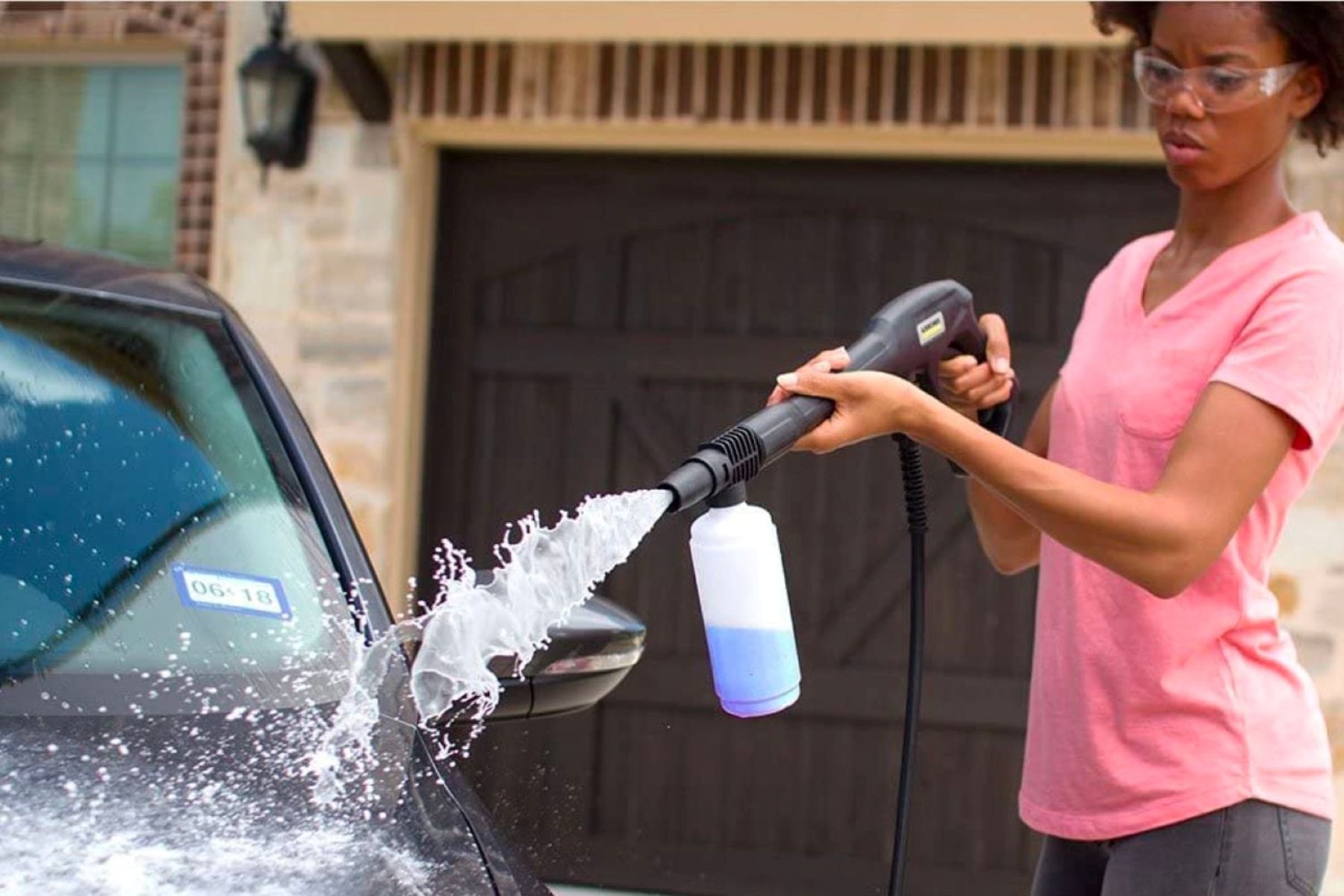

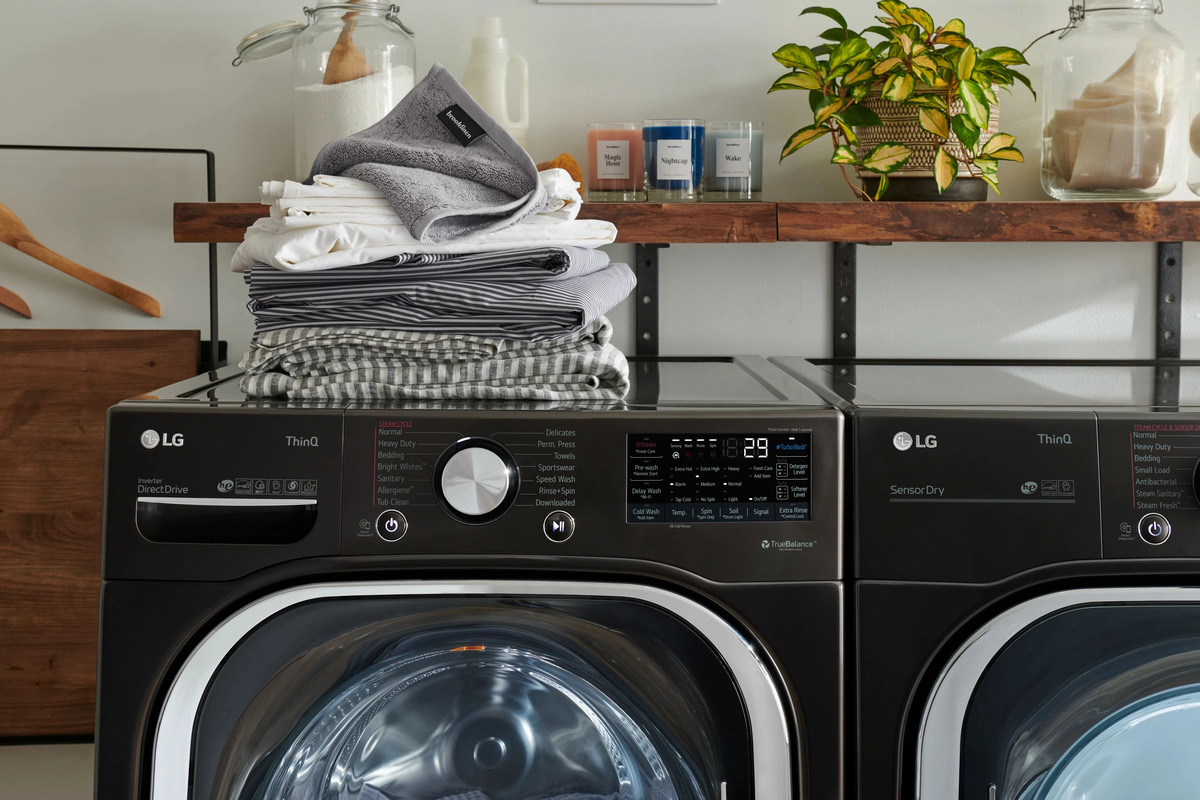
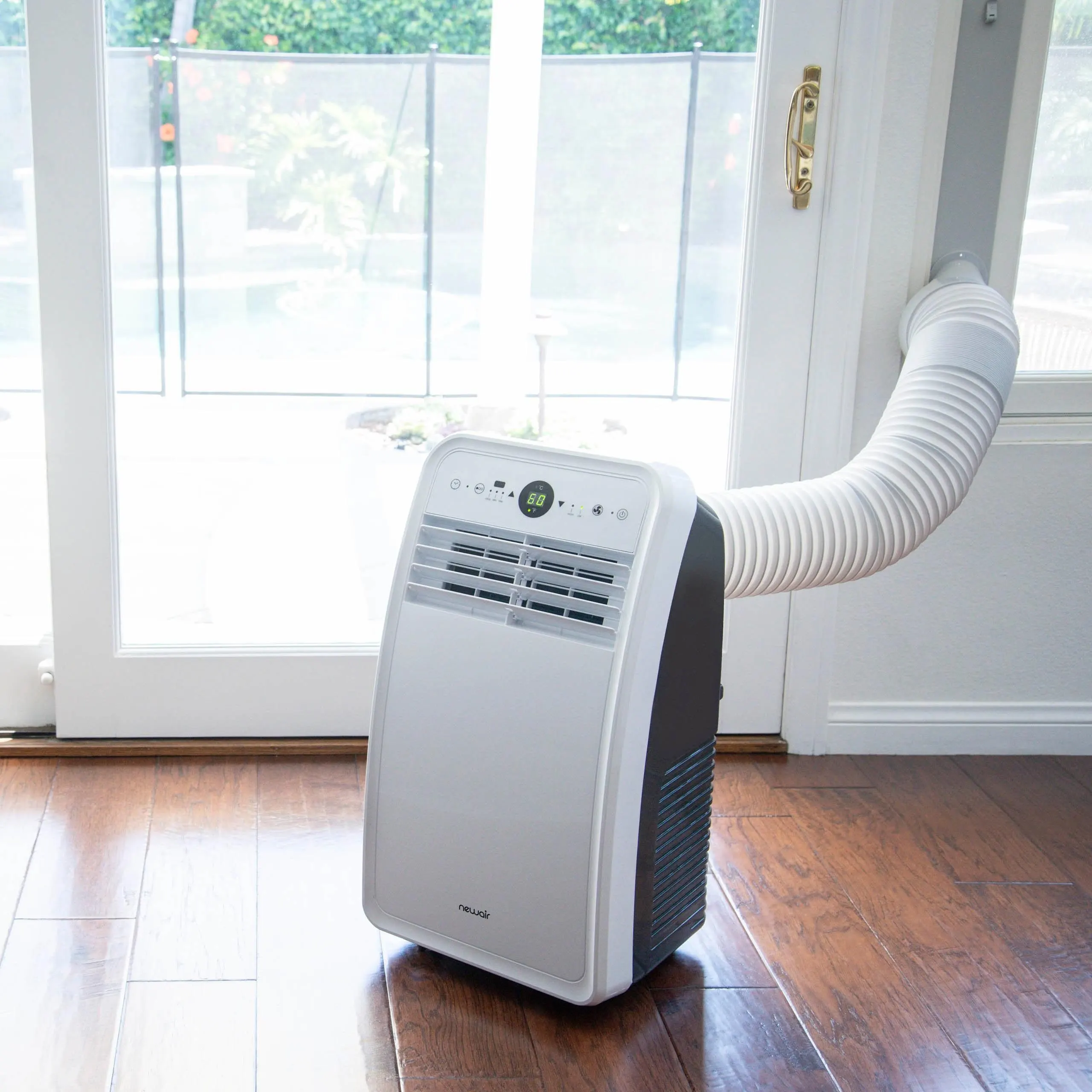
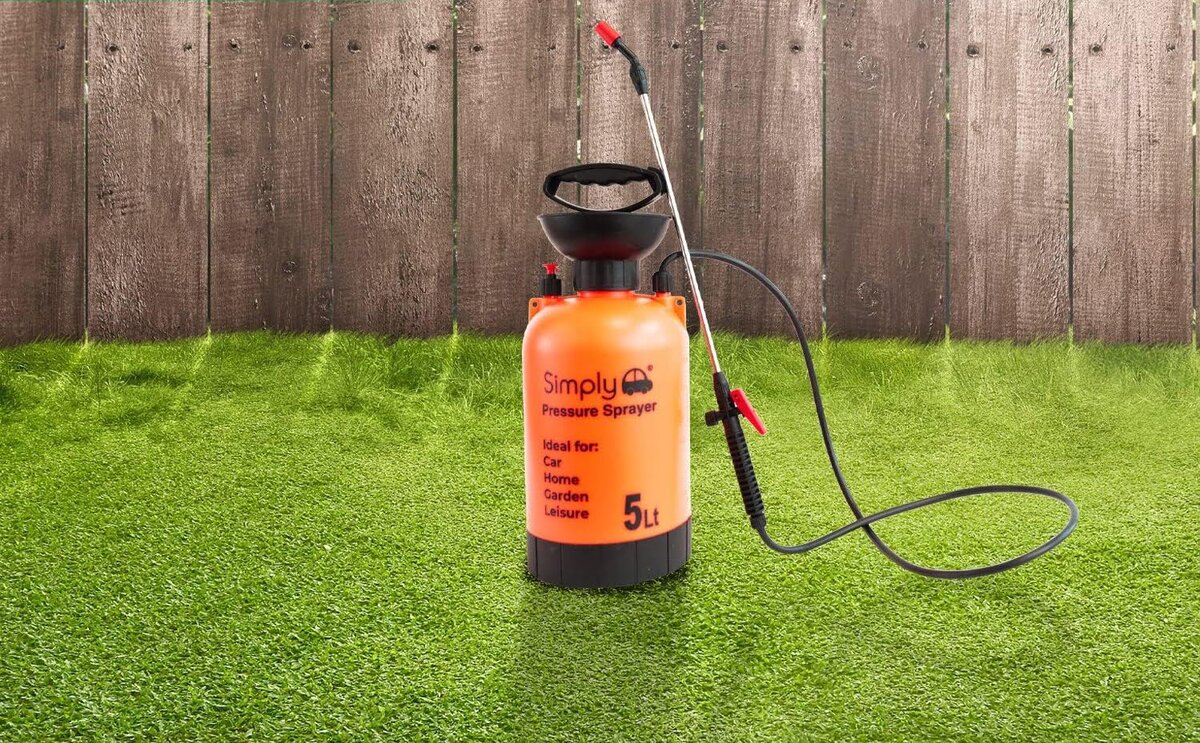
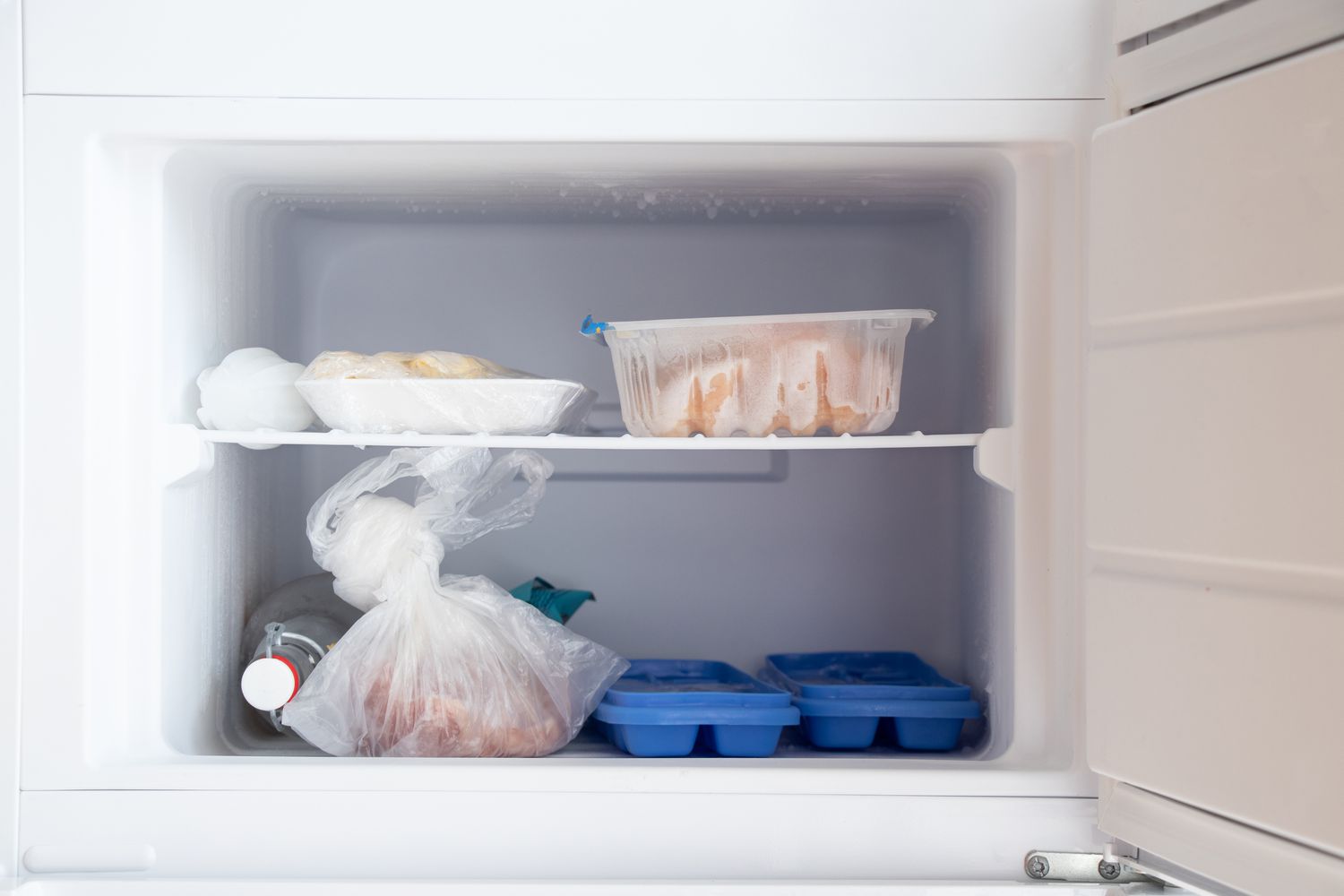


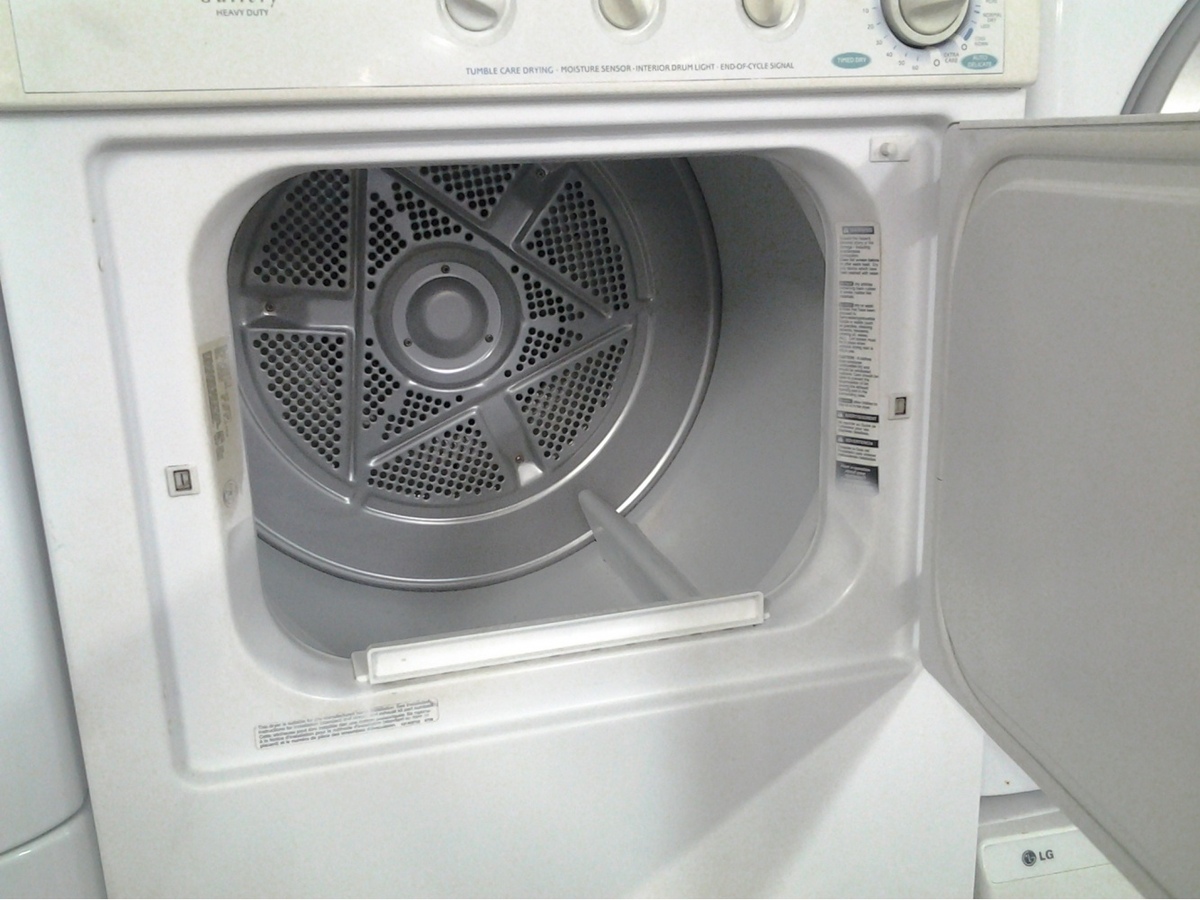

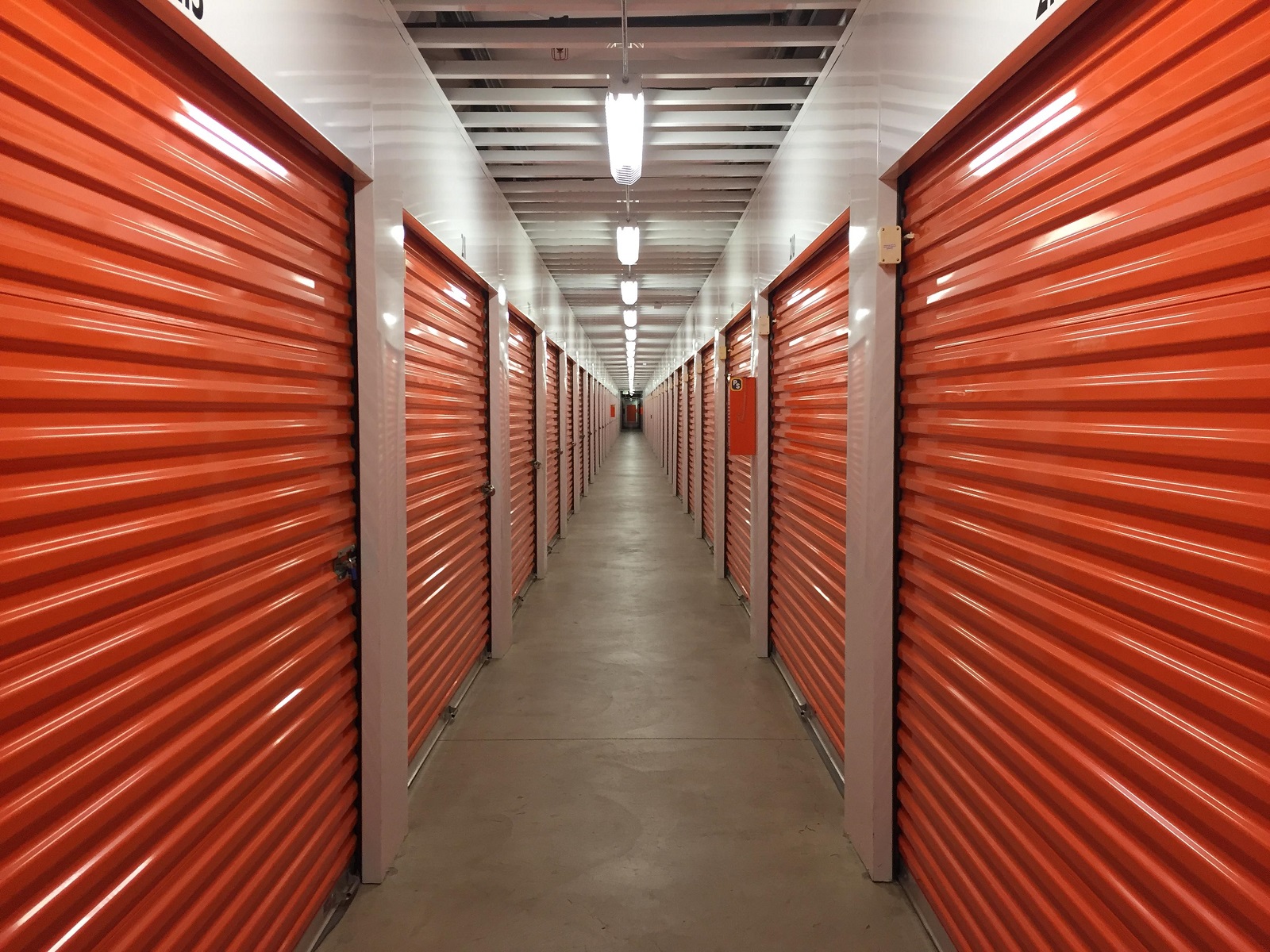

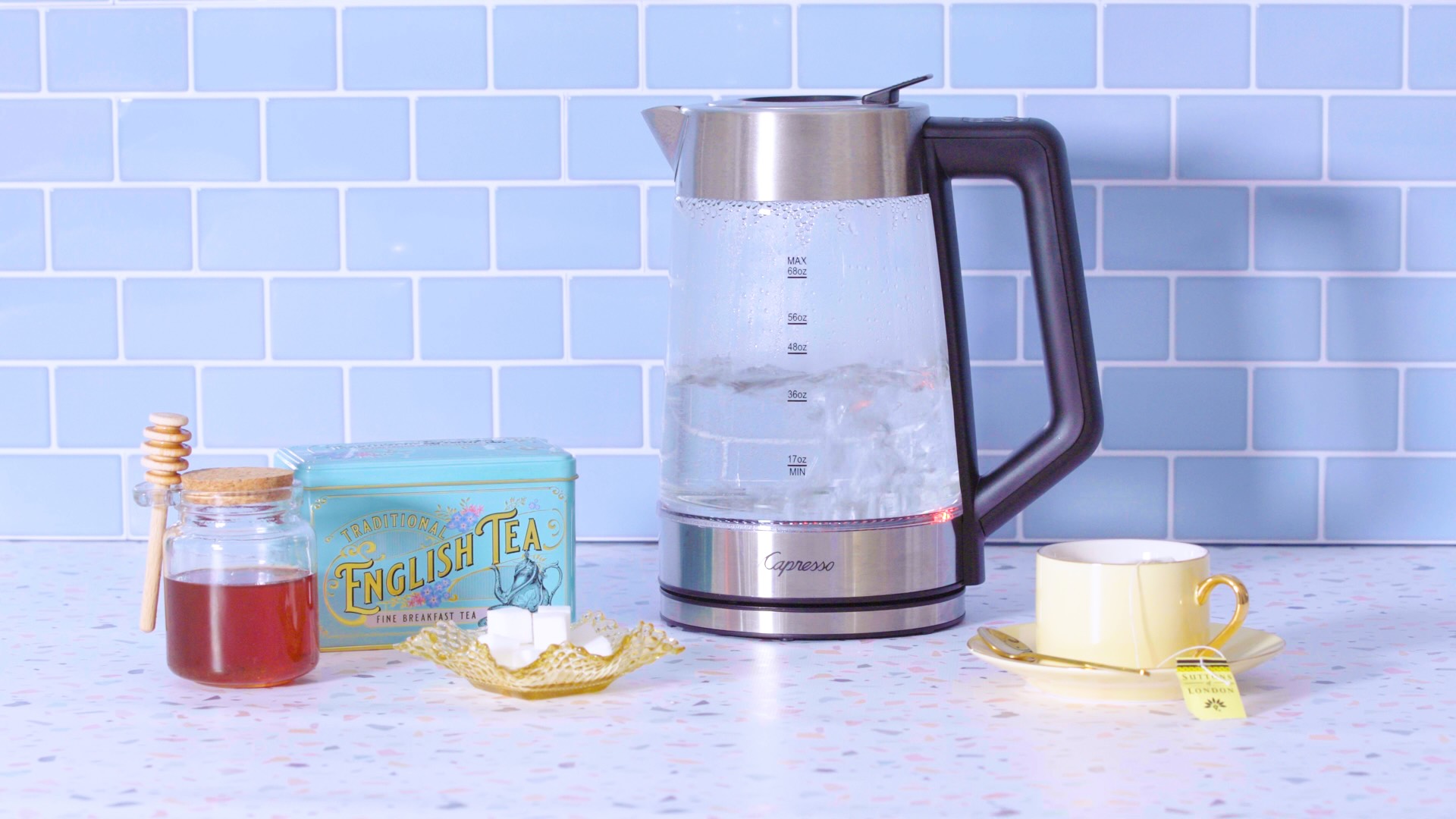
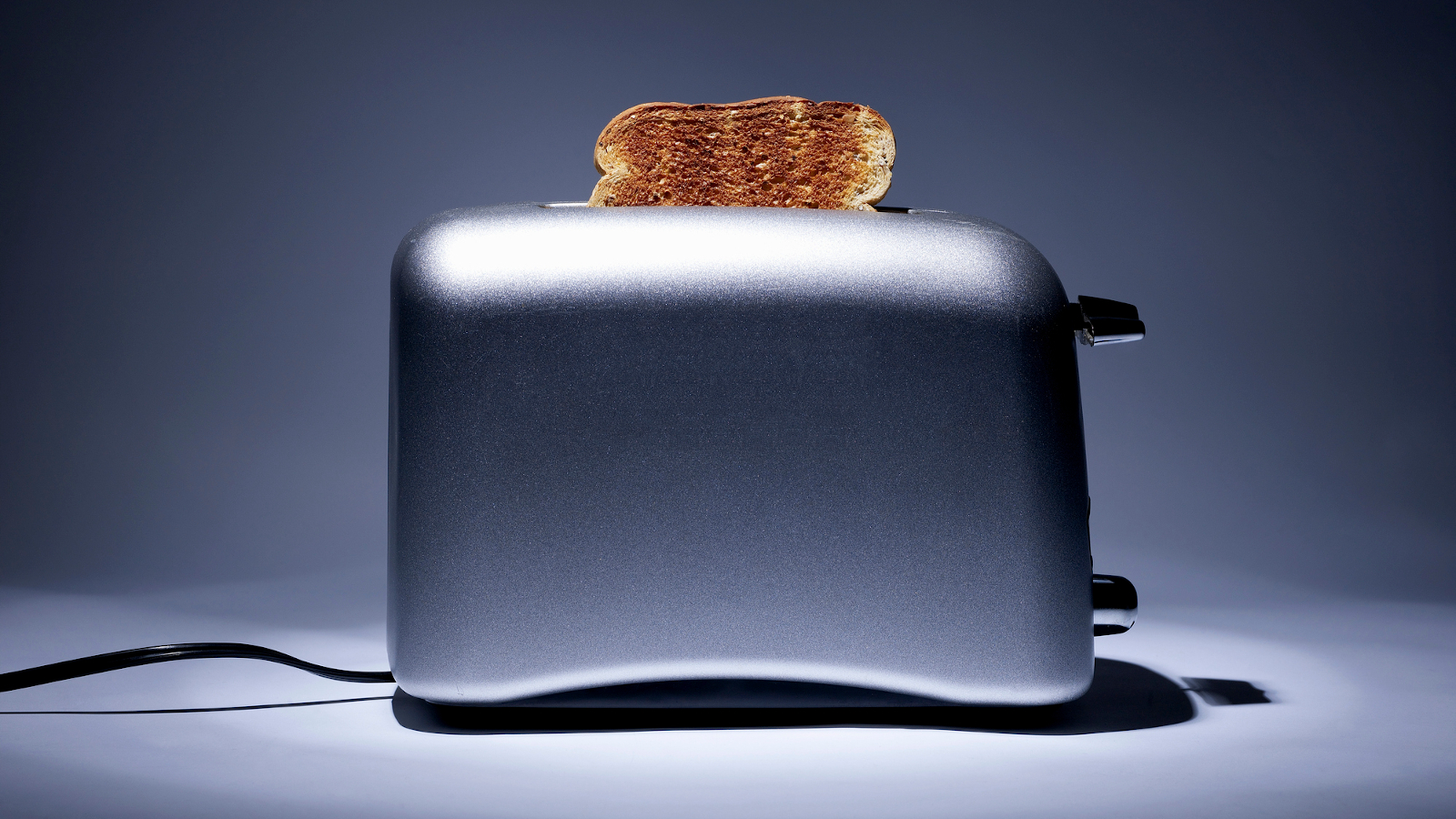

0 thoughts on “How Does A Portable Washer Work”